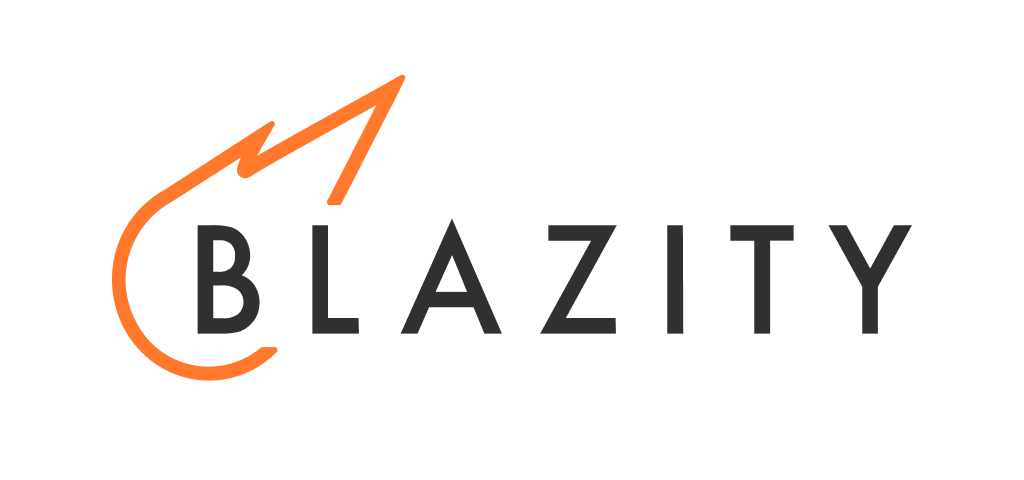
In the transformative world of software engineering and data analysis, adhering to best coding practices has become paramount for efficiency, maintainability, and overall code quality. As a data analyst, having insights on the importance of integral domain-based coding practices increases the efficiency of the industry altogether. The increased efficiency in return provides enhanced outcomes that a data analyst fundamentally works towards in the industry.
Expert in the field of software management and engineering, having experience with big brands such as Huawei, Intel, Cisco and other reputed companies in the financial sector, Ms. Krutika Patil shares her insight and tips for best coding practices. A Masters in Computer Science from the University of Texas at Dallas, she is currently associated with one of the world’s largest financial firms and is a trendsetter in the industry. In her current role, her leadership and contribution towards building a revolutionary Metadata obtaining web application gained traction and appreciation across teams working in the field of finance & banking. Some of the factors behind the success and efficacy of that application also shape up as insights which she shared with us.
Speaking on the significance of splitting logic into meaningful units, the expert highlights that the action facilitates code understanding, debugging, maintenance, and reusability and by breaking down complex tasks into manageable pieces, developers can easily refactor and reuse logic, thereby enhancing code quality and reducing complexity. Condensing the value of base case checks, they emphasize the need to handle error scenarios at the outset of the function’s execution. This proactive approach ensures efficient code execution and a smoother overall workflow.
Krutika, with her credentials obtained from some of the most prestigious brands across globe working in the same domain, underscores the importance of incorporating logic to gracefully handle exceptions in the code as Error handling emerges as another critical aspect of best coding practices. Incorporating logic into the situation not only improves the stability of applications but also simplifies the debugging process, allowing developers to identify and address issues promptly.5
The expert further highlights the significance of meticulous documentation through meaningful comments within the code. Clear and concise comments act as a guide for any newcomer studying the codebase, ensuring seamless comprehension and smooth onboarding. They advocate that good code should be akin to a compelling story, allowing fellow developers to follow along with ease and key practice is code clean-up, acting as an active aspect of maintaining a healthy codebase.
She stressed upon the need to continuously review and optimize code. “Removing any redundant or unused variables, constants, or lines of code allows it to be optimized. Regular clean-up ensures a streamlined codebase, reducing potential bugs and enhancing overall efficiency. Amidst discussing best coding practices” she stated. “Test Driven Development (TDD_ is a practice where unit tests are written before the actual logic, providing a direct mapping to the requirements. TDD is a groundbreaking approach that enforces all the principles and more.” she added.
By starting with failing tests, developers then write only the necessary lines of code to pass the tests, ensuring that the development process remains focused on fulfilling specific requirements, reducing the risk of over-engineering, and staying aligned with business goals. The TDD process also involves a continuous cycle of refactor, rinse, and repeat. As more unit tests are written, developers can refactor existing logic and proceed with additional tests.
This iterative approach allows for catching defects during the development phase itself, making it easier to identify and resolve any gaps in requirements. Moreover, TDD plays a pivotal role in achieving code coverage. By writing tests prior to the code, developers ensure that every line of code is covered, providing comprehensive testing and a higher degree of confidence in the functionality of the application.
Conclusively, deploying best coding practices is fundamental for data analysts and software engineers to produce efficient, maintainable, and high-quality code. Having these fundamentals as a daily routine for analysts, acts as nothing less than a cheatbook in the complex sphere of Infotech and software. It further enforces healthy practices, ensuring adherence to requirements, and fostering a culture of continuous improvement. As data analysis and software engineering continue to evolve, embracing these best coding practices becomes imperative for staying ahead in the industry.





